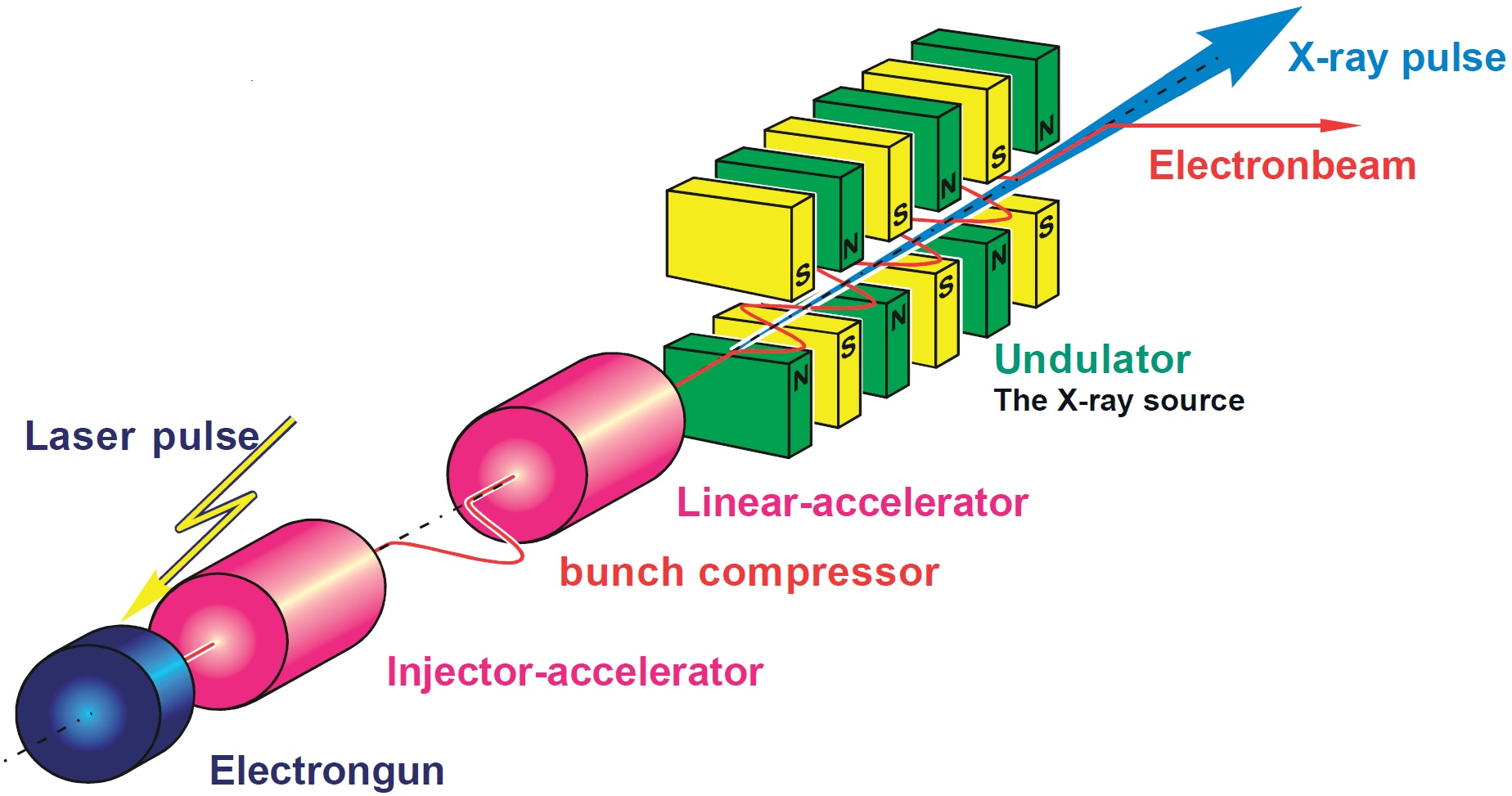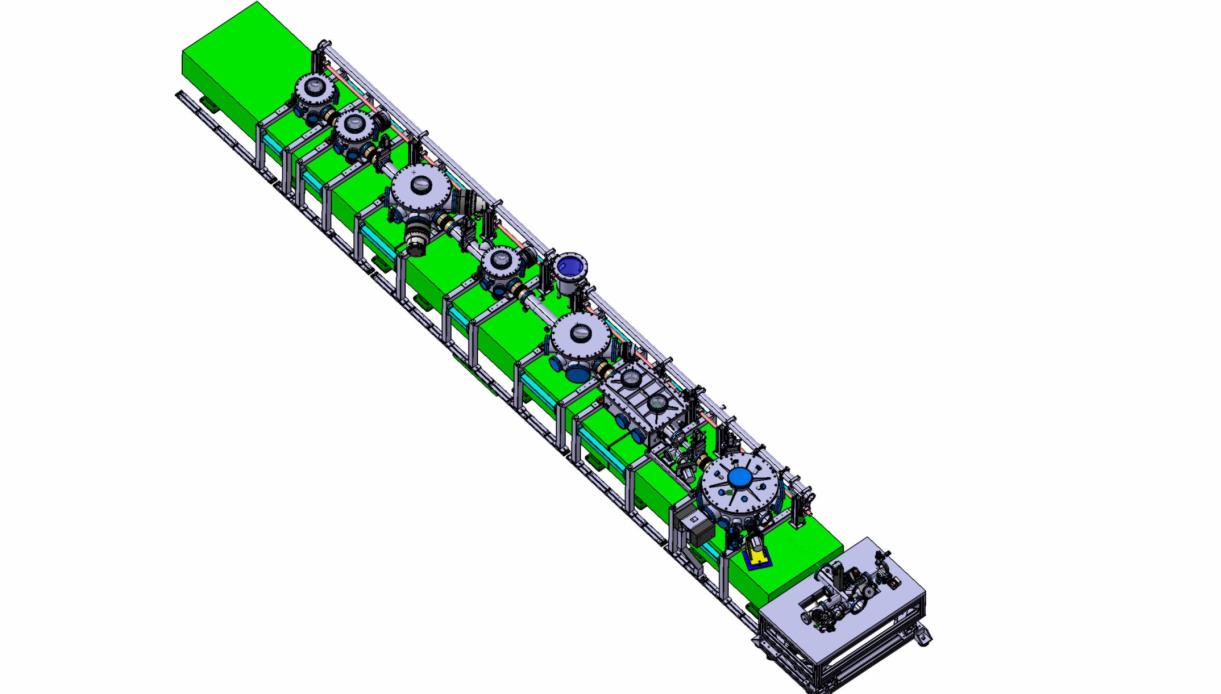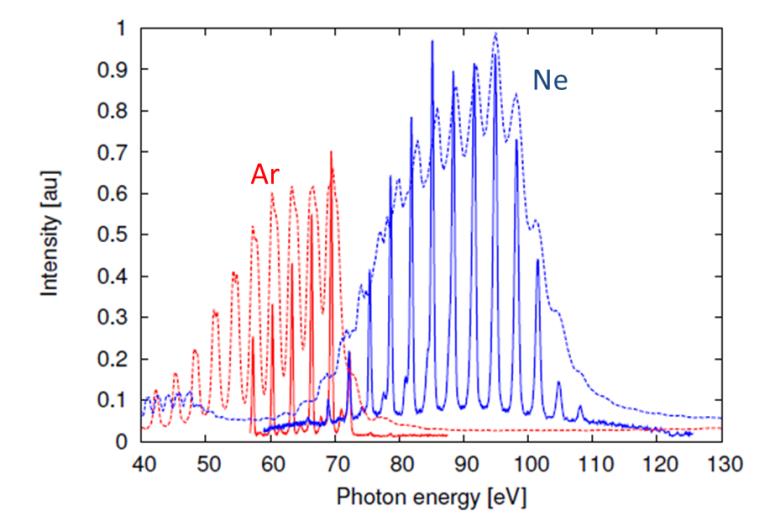Products
DEPOSITION TOOLSPlasma Enhanced Chemical Vapour Deposition (PECVD)Chemical Vapour Deposition (CVD)Inductively Coupled Plasma Chemical Vapour Deposition (ICPCVD)Atomic Layer Deposition (ALD)Ion Beam Deposition (IBD)ETCH TOOLSInductively Coupled Plasma Etching (ICP RIE)Reactive Ion Etching (RIE)Deep Silicon Etching (DSiE)Atomic Layer Etching (ALE)Ion Beam Etching (IBE)
News & Events





 Fig. 4 - HHG spectra from Neon and Argon gas, recorded with a standard spectrometer (dashed line) and an H+P XUV spectrometer (solid lines). Thin metal foils were used for spectral filtering (200nm aluminium foil for the Argon measurement, 200nm zirconium foil for the Neon measurement).
Fig. 4 - HHG spectra from Neon and Argon gas, recorded with a standard spectrometer (dashed line) and an H+P XUV spectrometer (solid lines). Thin metal foils were used for spectral filtering (200nm aluminium foil for the Argon measurement, 200nm zirconium foil for the Neon measurement).